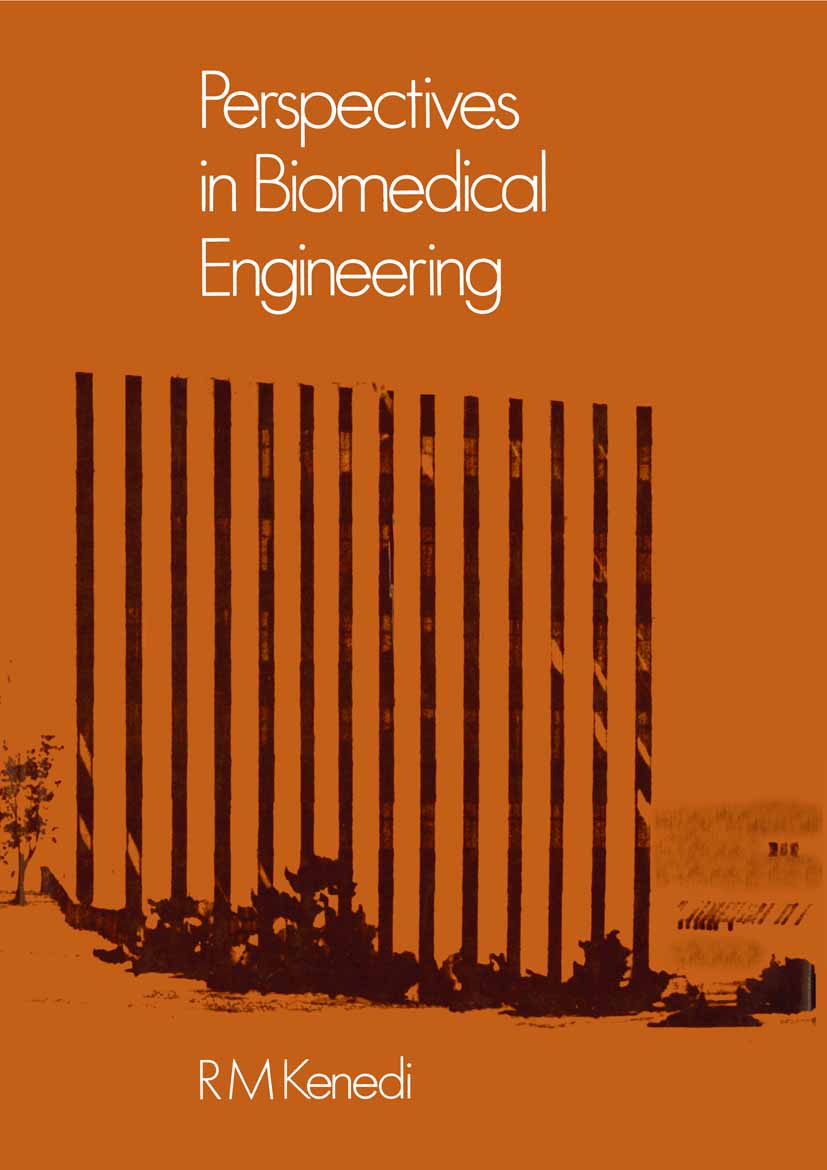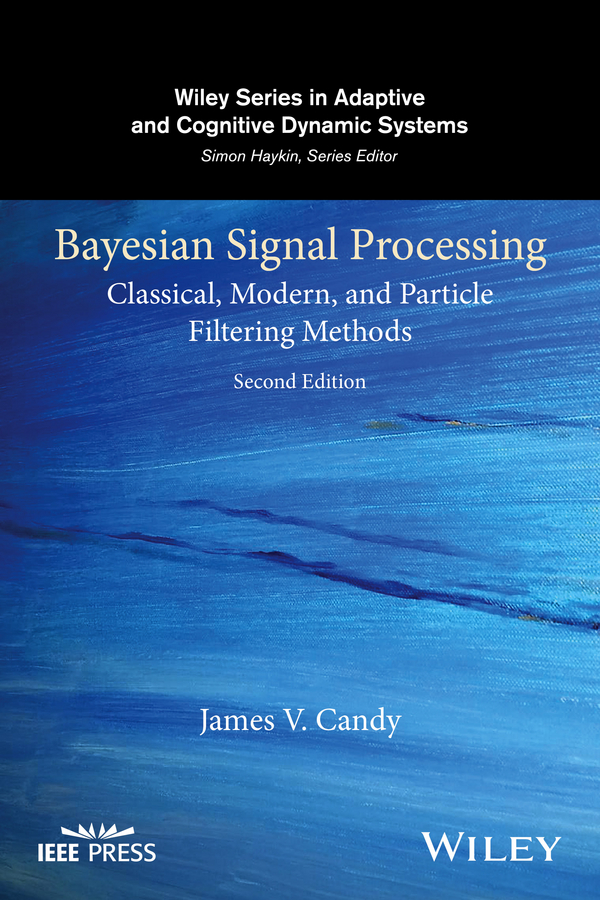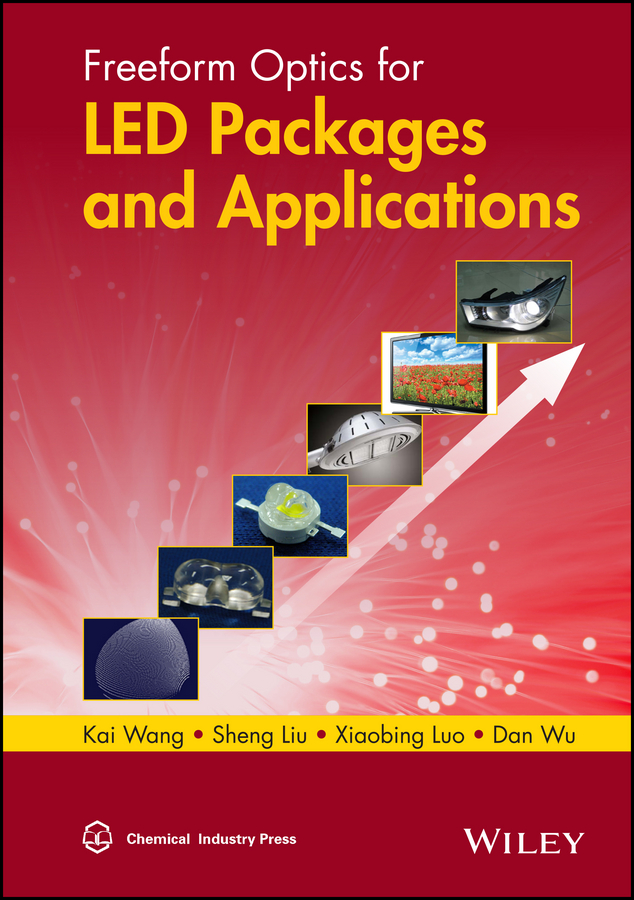Thermal Behaviour and Applications of Carbon-Based Nanomaterials
Thermal Behaviour and Applications of Carbon-Based Nanomaterials
Nanocomposites with Carbon-based nanofillers (e.g., carbon nanotubes, graphene sheets and nanoribbons etc.) form a class of extremely promising materials for thermal applications. In addition to exceptional material properties, the thermal conductivi...
Read more
Nanocomposites with Carbon-based nanofillers (e.g., carbon nanotubes, graphene sheets and nanoribbons etc.) form a class of extremely promising materials for thermal applications. In addition to exceptional material properties, the thermal conductivity of the carbon-based nanofillers can be higher than any other known material, suggesting the possibility to engineer nanocomposites that are both lightweight and durable, and have unique thermal properties. This potential is hindered by thermal boundary resistance (TBR) to heat transfer at the interface between nanoinclusions and the matrix, and by the difficulty to control the dispersion pattern and the orientation of the nanoinclusions. Thermal Behaviour and Applications of Carbon-Based Nanomaterials: Theory, Methods and Applications explores heat transfer in nanocomposites, discusses techniques predicting and modeling the thermal behavior of carbon nanocomposites at different scales, and methods for engineering applications of nanofluidics and heat transfer. The chapters combine theoretical explanation, experimental methods and computational analysis to show how carbon-based nanomaterials are being used to optimise heat transfer. The applications-focused emphasis of this book makes it a valuable resource for materials scientists and engineers who want to learn more about nanoscale heat transfer. Offers an informed overview of how carbon nanomaterials are currently used for nanoscale heat transfer Discusses the major applications of carbon nanomaterials for heat transfer in a variety of industry sectors Details the major computational methods for the analysis of the thermal properties of carbon nanomaterials
Less






















.jpg)






